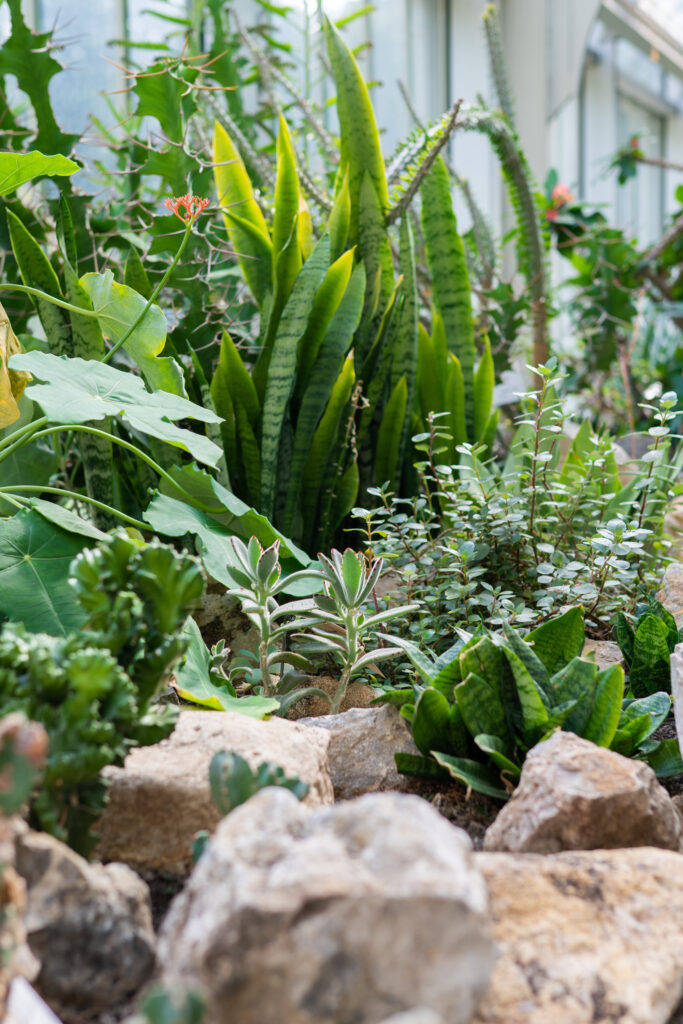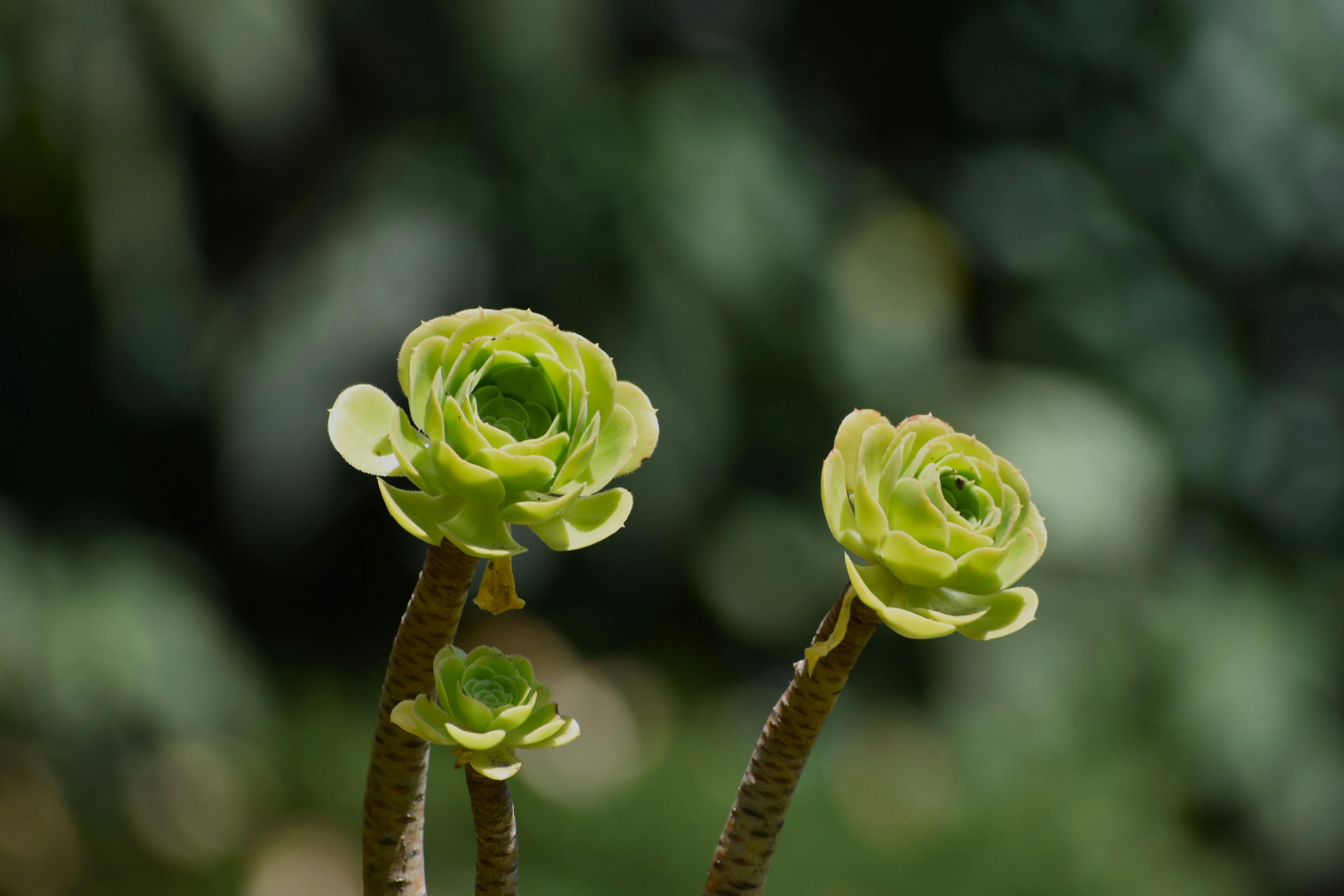
Step into the world of The Healing Garden, a sanctuary for growing medicinal herbs that will not only soothe your senses but also provide natural remedies for your health. Experience the therapeutic benefits of cultivating your own garden filled with healing wonders. From aromatic lavender to calming chamomile, this article will guide you on how to create a flourishing herbal haven right in your backyard. Discover the secrets of harnessing nature’s power and unlocking the potential of these extraordinary plants. Get ready to embark on a journey of wellness and self-care as you explore the art of growing medicinal herbs in The Healing Garden.
Choosing the Right Location
When creating a medicinal herb garden, one of the first and most important considerations is the location. Choosing the right spot will greatly contribute to the success and growth of your herbs. Here are a few things to keep in mind when selecting the perfect location.
Considering Sunlight Exposure
Medicinal herbs, like most plants, require an adequate amount of sunlight to thrive. As you choose the location for your garden, consider the amount of sunlight the area receives throughout the day. Most herbs prefer full sun, which means they require at least six hours of direct sunlight daily. Make sure the area you choose has good exposure to the sun to promote healthy growth and optimal medicinal properties in your herbs.
Ensuring Proper Drainage
Another crucial factor to consider is proper drainage. Medicinal herbs do not like to have “wet feet,” as this can lead to root rot and other health issues. Observe the area after a rainfall to ensure that water drains away quickly and does not accumulate around your herbs. Choosing a location with well-drained soil or amending the soil to improve drainage will help keep your herbs healthy and thriving.
Protecting from Strong Winds
Strong winds can be detrimental to the growth and health of your medicinal herbs. When selecting a location, consider if the area is prone to strong wind gusts. If so, it is advisable to choose a more sheltered spot, such as close to a wall, fence, or in a protected corner of your garden. This will help shield your herbs from the damaging effects of strong winds and promote their overall well-being.
Avoiding Areas with Chemical Contamination
To ensure the safety and purity of your medicinal herbs, it is vital to avoid planting them in areas with chemical contamination. Avoid locations that may have been sprayed with pesticides or herbicides, as these can negatively impact the medicinal properties of your herbs. Additionally, avoid areas near roadsides or industrial sites, as they may contain pollutants that could contaminate your plants. By selecting a clean and chemical-free location, you can have peace of mind knowing that your herbs are grown in a healthy environment.

This image is property of images.pexels.com.
Preparing the Soil
Before you can start planting your medicinal herbs, it is essential to prepare the soil properly. Providing the right conditions for your herbs will greatly contribute to their growth and overall health. Here are a few steps to follow when preparing the soil for your medicinal herb garden.
Testing the Soil
Testing the soil is a crucial step in preparing your garden. A soil test can give you valuable information about the nutrient levels and pH of your soil. Contact your local agricultural extension office to obtain a soil testing kit and follow the instructions provided. The results will help you determine if any amendments are needed to create optimal growing conditions for your medicinal herbs.
Amending Soil pH
Most medicinal herbs prefer a slightly acidic to neutral pH range, typically between 6.0 and 7.0. If your soil test reveals that the pH is outside of this range, you may need to amend it. Adding organic matter, such as compost or well-rotted manure, can help adjust the pH and improve the soil’s overall fertility. Follow the instructions provided with the amendments and retest the soil after the amendments have been incorporated.
Adding Organic Matter
Incorporating organic matter into the soil is highly beneficial for the growth of medicinal herbs. Organic matter improves soil structure, increases water retention, and enhances nutrient availability. Add well-decomposed compost, leaf mold, or aged manure to your soil and mix it in thoroughly. This will provide a nutrient-rich environment for your herbs and promote their overall health and vitality.
Loosening the Soil
Before planting your medicinal herbs, it is essential to loosen the soil to improve its aeration and drainage. Use a garden fork or a tiller to break up any compacted soil and create a loose and friable texture. This will allow the roots of your herbs to penetrate the soil easily, access water and nutrients, and establish a healthy root system. Loosening the soil also helps prevent waterlogging and reduces the risk of root diseases.

This image is property of images.pexels.com.
Selecting Medicinal Herbs
Choosing the right medicinal herbs for your garden is an exciting and important step in the process. Here are some factors to consider when selecting the herbs that will thrive in your garden.
Researching Medicinal Properties
Take the time to research the medicinal properties of various herbs and identify the ones that align with your needs and interests. Each herb has unique healing properties, and understanding their specific uses will help you select the right ones for your garden. Consider whether you want herbs known for their calming effects, immune-boosting properties, or anti-inflammatory qualities, among others.
Determining Growth Requirements
Different herbs have different growth requirements, including sunlight, soil type, and water needs. Assess your garden’s conditions, such as the amount of sunlight it receives and the type of soil you have prepared. Match these conditions with the growth requirements of your selected herbs to ensure they will thrive in your garden.
Choosing Annuals vs. Perennials
When selecting medicinal herbs, you will encounter both annual and perennial varieties. Annual herbs complete their life cycle in one growing season, while perennials return year after year. Consider your long-term goals and your willingness to replant each year when deciding between annuals and perennials. Additionally, consider the lifespan of the plants and whether you have space for their growth.
Considering Space and Quantity
Evaluate the available space in your garden and plan accordingly. Take into account the mature size of the herbs you have chosen and allow sufficient space between plants to accommodate their growth. Additionally, consider the quantity of herbs you require for personal use or any potential future needs. Keep in mind that certain herbs may require more substantial plantings to have a sufficient supply for medicinal preparations.

This image is property of images.pexels.com.
Planning and Designing the Garden
Before you start planting your medicinal herbs, it is helpful to plan and design your garden layout. Taking the time to sketch the garden, group herbs based on compatibility, create paths for easy access, and incorporate companion plants will result in a visually appealing and functional garden. Here are some steps to guide you in planning and designing your medicinal herb garden.
Sketching the Garden Layout
Begin by sketching a rough layout of your garden on paper. Consider the size and shape of your available space and how you envision the layout of your herbs. This will help you visualize the placement of different plants, pathways, and other elements.
Grouping Herbs Based on Compatibility
Grouping herbs based on compatibility is not only visually appealing but also promotes healthy growth. Consider the growth habits, water requirements, and sunlight needs of different herbs. Arrange them together in groups based on these factors to create a harmonious and functional garden. For example, herbs requiring similar amounts of water can be planted together to simplify watering.
Creating Paths for Easy Access
Incorporating paths into your garden design ensures easy access to all areas, making maintenance and harvesting a breeze. Determine the location and width of your paths, keeping in mind the needs of your garden and your own comfort. Consider using materials like gravel, stone, or mulch to define your paths and prevent weeds from encroaching on your herbs.
Incorporating Companion Plants
Companion planting involves planting herbs and other plants together to benefit one another. Some herbs have natural repelling properties against pests, while others attract beneficial insects. Research companion plants and strategically incorporate them into your garden to enhance its health and vitality. For example, planting marigolds near your medicinal herbs can help deter pests while attracting pollinators.
By taking the time to plan and design your medicinal herb garden, you are setting yourself up for a successful and enjoyable gardening experience. A well-planned garden layout will not only be aesthetically pleasing but will also contribute to the health and productivity of your herbs.


